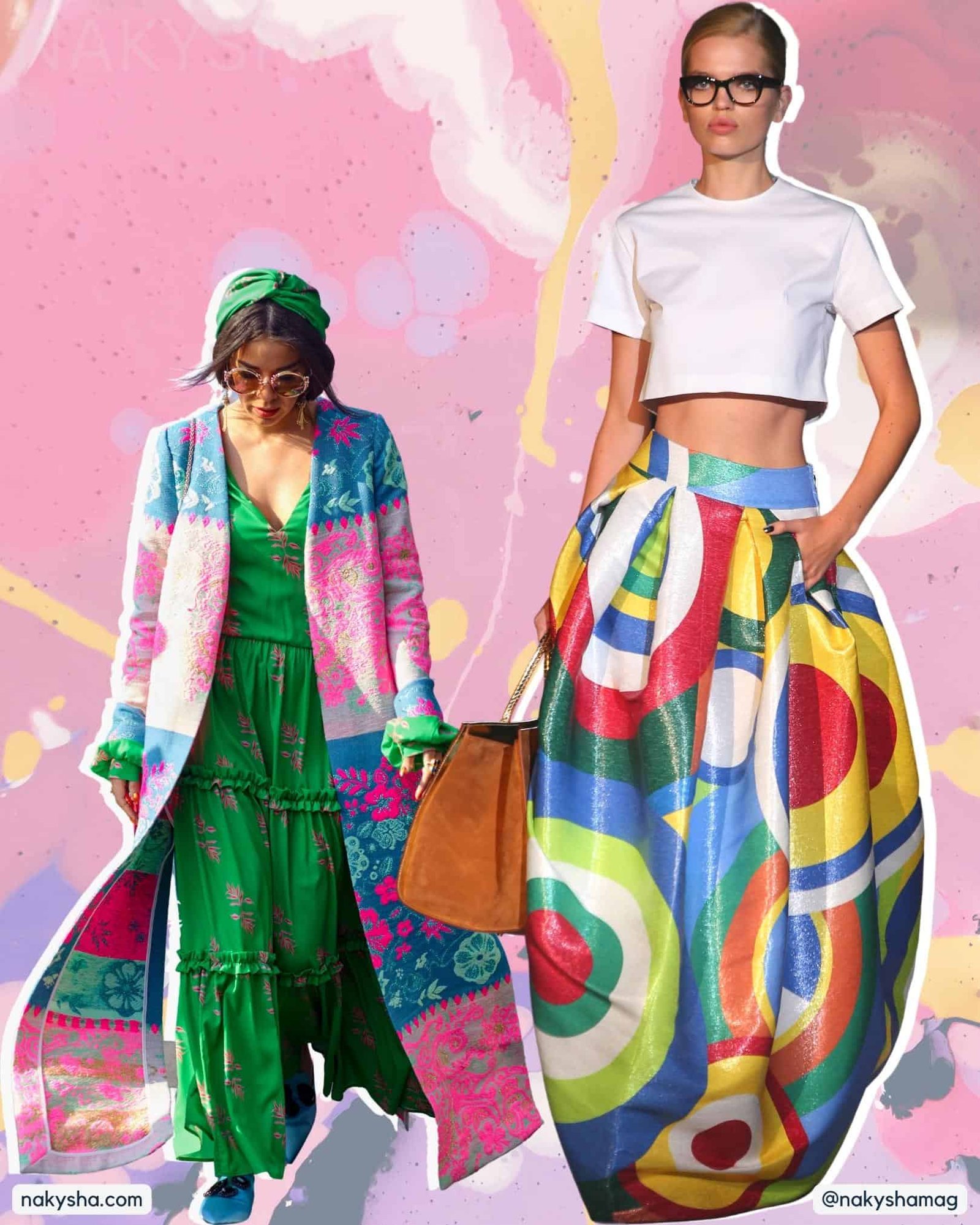Artsy fashion is about breaking the rules and expressing yourself through clothing and accessories. It is an exciting and creative take on fashion that has grown in popularity over the past few years. It is a way for people to express their style, often by incorporating elements of art and culture into what they wear.
From bold prints to one-of-a-kind pieces, artsy fashion offers endless opportunities for self-expression. Artsy fashion could be a perfect choice if you want to make a statement or add a little personality to your wardrobe.
Artsy fashion has become more popular in the past few years because of its unique, creative styles and bright color palettes. It is a subculture that many people who aren’t afraid to show who they are through their clothes and accessories have joined.
What is Artsy Fashion?
“Artsy fashion” is a term used to describe a creative, expressive, and unique style. It often involves mixing and matching different colors, patterns, and textures in unexpected ways to create a look that stands out from the crowd.
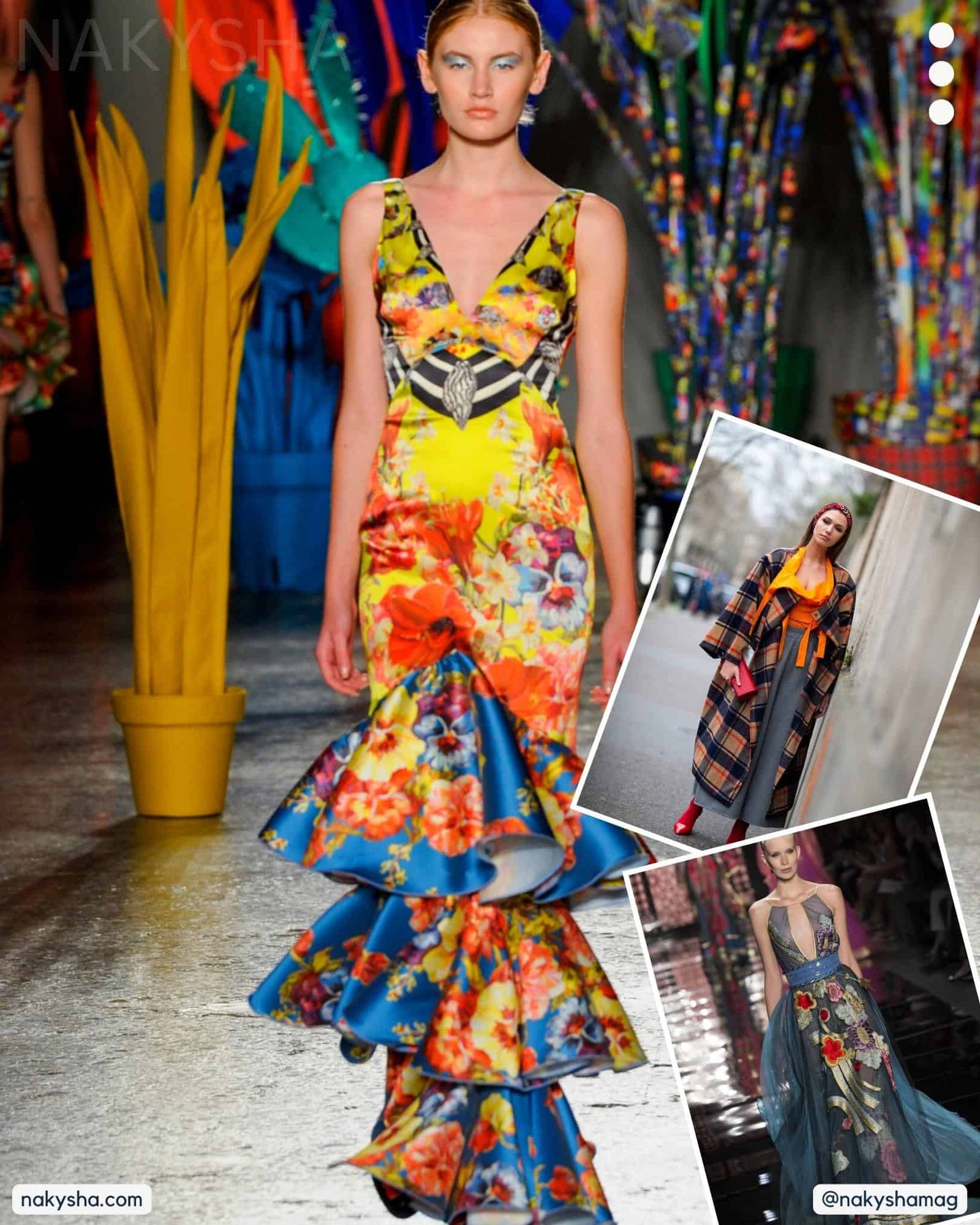
Artsy fashion draws inspiration from a variety of sources, including art, music, culture, and history. It can range from avant-garde and experimental to more accessible and wearable.
Artsy fashion is often associated with the “wearable art” concept, where clothing is considered a form of artistic expression. This can include clothing with intricate patterns, embroidery, or other decorative elements that make a statement.
The Meaning of Artsy Fashion
Artsy fashion is a style that emphasizes creativity, individuality, and self-expression. It involves using clothing and accessories to create unique and unconventional outfits that reflect a person’s artistic sensibilities and personality.
The term “artsy” is derived from the word “art,” which refers to the creation and expression of beauty, emotion, and ideas through various mediums such as painting, sculpture, music, literature, and dance. In fashion, “artsy” is used to describe clothing and accessories that exhibit a similar level of creativity, imagination, and artistic flair.
Artsy fashion often incorporates unconventional shapes, colors, and textures not typically seen in mainstream fashion. It also involves mixing and matching different styles and genres to create an eclectic and distinctive look. Accessories such as statement jewelry, bold hats, and avant-garde shoes are commonly used to enhance the overall artistic effect.
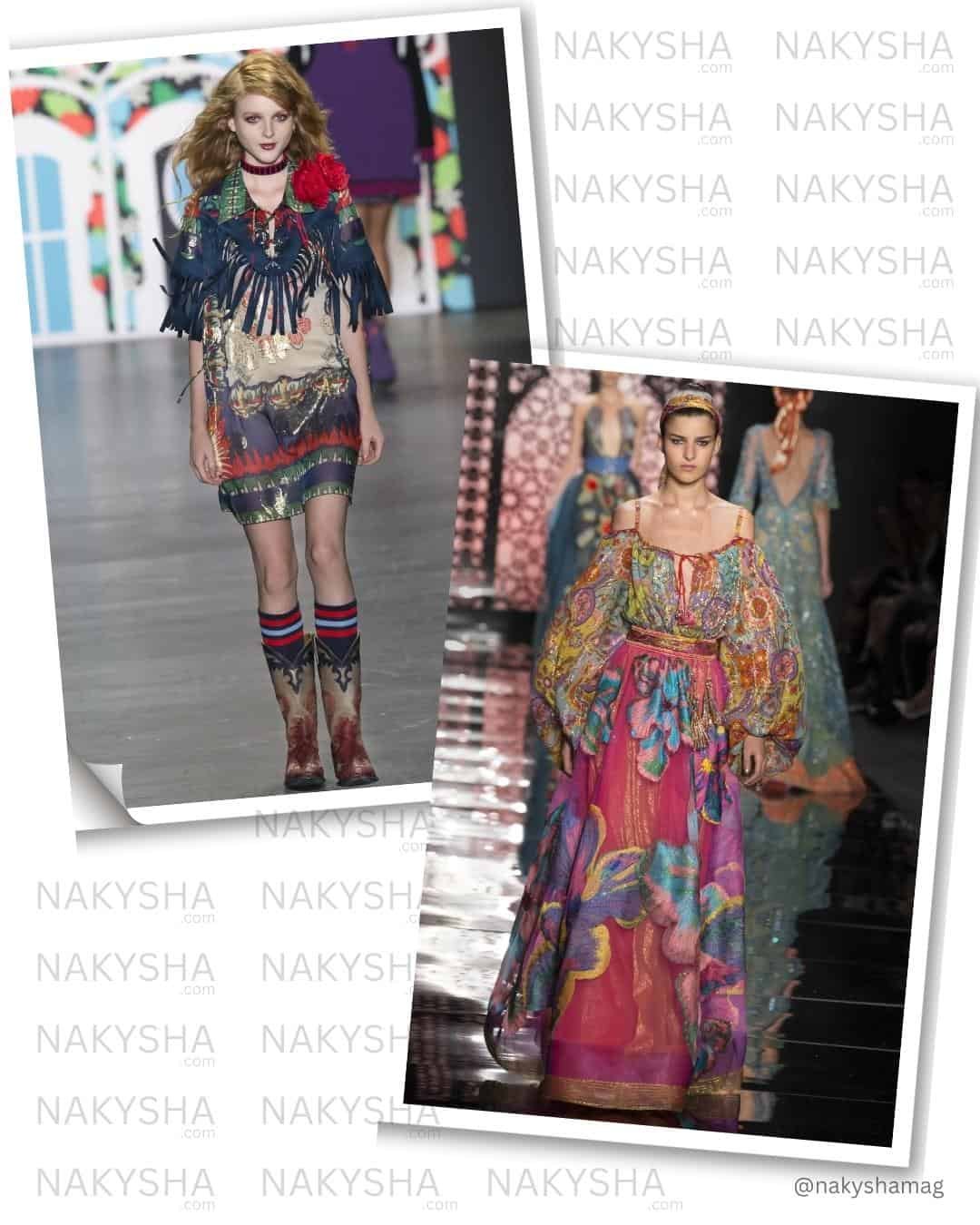
Types of Artsy Fashion
There are several types of artsy fashion, each with its unique style and characteristics. Here are a few examples:
Bohemian fashion: This style is characterized by loose, flowy clothing, natural fabrics, and earthy colors. It often incorporates ethnic prints, embroidery, fringe, layered jewelry, and accessories.
Avant-garde fashion: This style is characterized by bold, experimental designs that challenge traditional fashion norms. It often incorporates asymmetrical shapes, unusual materials, and unconventional construction techniques.
Vintage fashion: This style is characterized by clothing and accessories from previous decades, such as the 1920s, 1960s, and 1970s. It often incorporates unique prints, retro silhouettes, and statement pieces like oversized sunglasses and hats.
Artistic fashion: This style is characterized by clothing and accessories inspired by art and creativity. It often incorporates bold prints, bright colors, unique shapes, statement jewelry, and accessories.
Streetwear fashion: This style is characterized by casual, comfortable clothing often influenced by hip-hop, skate culture, and graffiti art. It often incorporates oversized t-shirts, baggy pants, sneakers, and statement accessories like hats and backpacks.
What is the Origin of Artsy Fashion?
Artsy fashion has been around for centuries, as artists and creatives have long used clothing and accessories as a means of self-expression. However, “artsy fashion” is relatively new, emerging in the late 20th century.
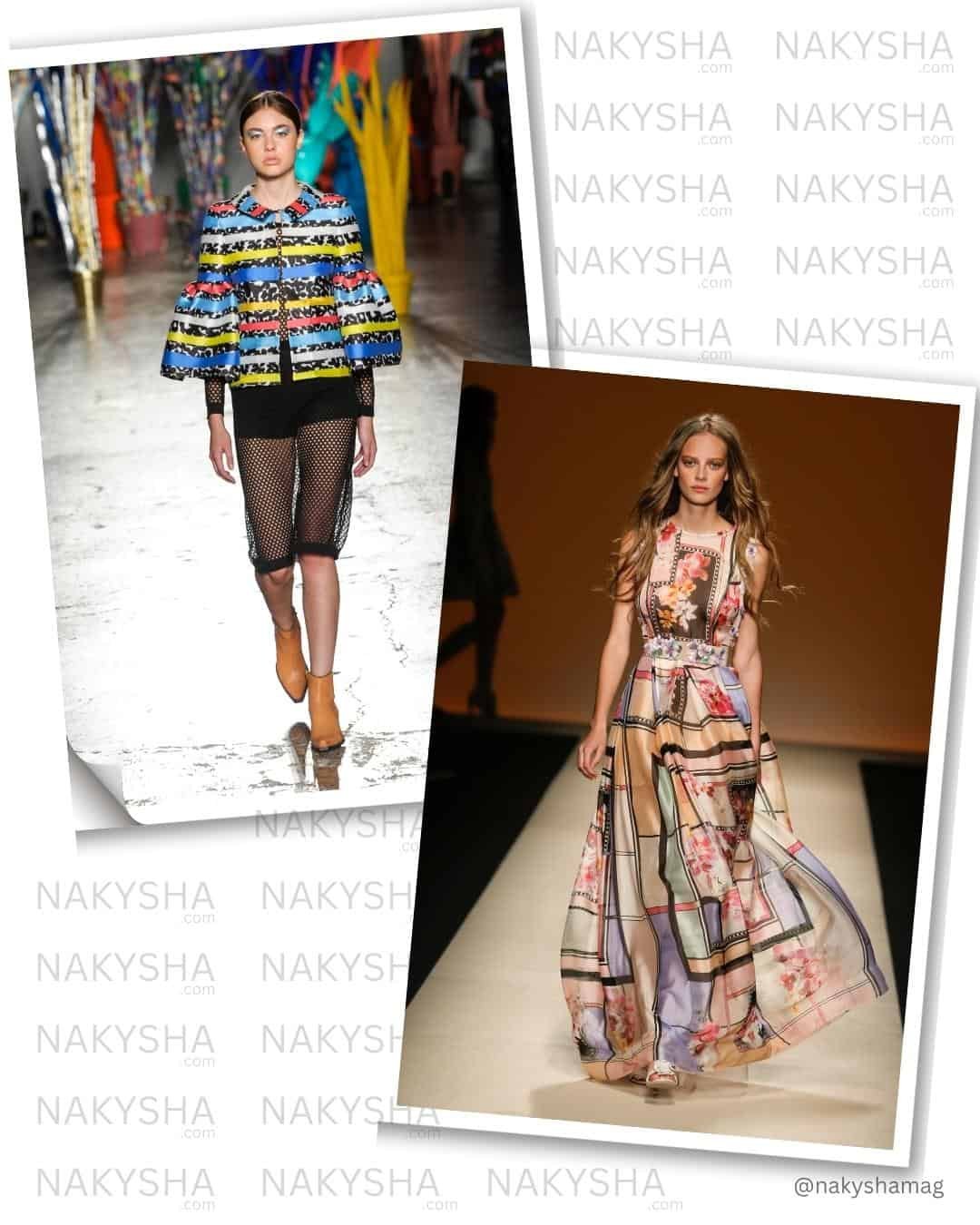
During the 1960s and 1970s, the counterculture movement sparked a renewed interest unconventionally and experimentally. This led to the emergence of styles like bohemian, hippie, and punk, which incorporated elements of individualism, rebellion, and self-expression.
In the 1980s, avant-garde fashion further pushed the boundaries of traditional fashion norms. Designers like Vivienne Westwood, Jean Paul Gaultier, and Rei Kawakubo of Comme des Garçons created bold and unconventional designs that challenged established ideas about beauty and style.
In the 1990s and early 2000s, streetwear and the DIY movement gave rise to a new wave of artsy fashion. Artists, musicians, and creatives began creating unique clothing and accessories, often using found materials and repurposed clothing.
Today, artsy fashion continues to evolve and thrive, as people seek to express their individuality and creativity through their clothing and accessories. The rise of social media and e-commerce platforms has also made it easier for artists and independent designers to showcase and sell their work, further fueling the growth of artsy fashion.
The Sources of Inspiration
The sources of inspiration for artsy fashion are diverse and varied. They can be drawn from many different areas, including art, music, literature, culture, and personal experiences.
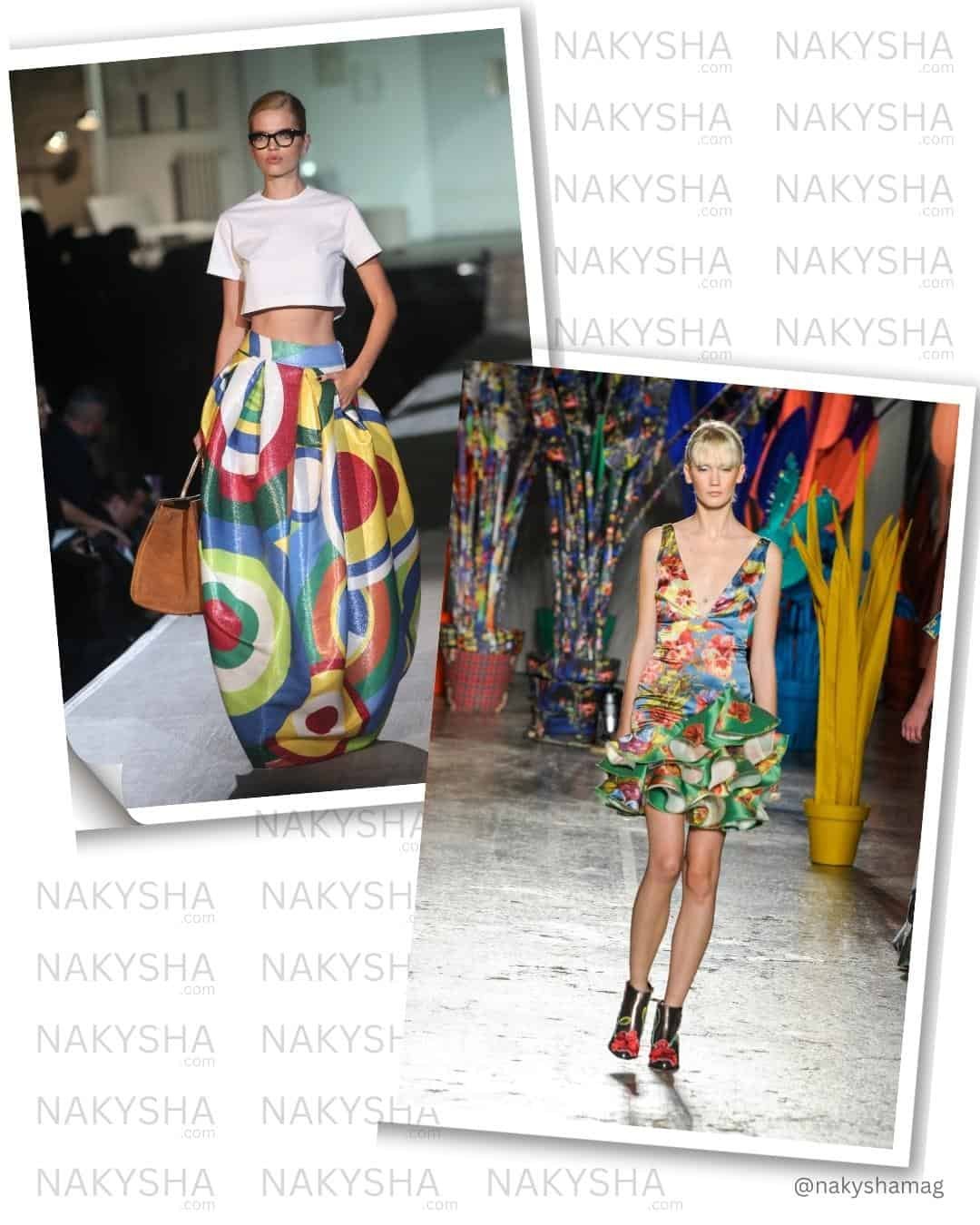
Here are a few examples of the sources of inspiration for artsy fashion:
Art: Many designers and artists draw inspiration from the works of famous painters, sculptors, and other artists. They may incorporate elements of a particular art movement or style, such as Impressionism, Cubism, or Pop Art, into their designs.
Nature: The natural world is a common source of inspiration for artsy fashion, with many designers incorporating organic shapes, textures, and colors into their designs. Floral prints, earthy tones, and natural fibers like cotton and linen are often used to create a bohemian or rustic aesthetic.
Music: Music has long been a source of inspiration for fashion, with many designers drawing on the styles and aesthetics of different genres, such as punk, rock, and hip-hop. Musicians may also influence fashion trends, making their unique looks and styles iconic.
Culture: Different cultures and subcultures can also be a source of inspiration for artsy fashion. Traditional clothing styles, patterns, and fabrics from around the world can be incorporated into designs to create a global, eclectic look.
Personal experiences: Many designers and artists draw inspiration from their experiences, using fashion to self-express. They may incorporate elements of their culture, interests, or experiences into their designs, creating a unique and personal aesthetic.
Popular Artsy Fashion Designers
Many talented and influential designers have contributed to the world of artsy fashion. Here are a few examples of some of the most popular and well-known designers in this style:
Vivienne Westwood: A British designer widely considered one of the pioneers of punk and new-wave fashion. She is known for her eclectic and avant-garde designs, which often incorporate bold prints, unusual fabrics, and unconventional shapes.
Yohji Yamamoto: A Japanese designer known for innovative and experimental designs, often featuring asymmetrical cuts, layering, and unconventional fabrics. A fusion of Japanese and Western styles and a focus on simplicity and functionality characterize his work.
Comme des Garçons: A Japanese fashion brand founded by designer Rei Kawakubo, known for its avant-garde and experimental designs. The brand’s clothing often features unusual shapes, asymmetrical cuts, and deconstructed silhouettes, pushing the boundaries of traditional fashion.
Rick Owens: An American designer who is known for his dark, gothic-inspired designs, which often feature unconventional materials like leather, fur, and metal. His clothing is characterized by a minimalist aesthetic, focusing on texture, silhouette, and shape.
Alexander McQueen: A British designer who is known for his dramatic, theatrical designs, which often feature bold prints, intricate embroidery, and elaborate detailing. His clothing is characterized by a mix of romance, history, and fantasy, focusing on storytelling and drama.
Why is Artsy Style Still Popular?
Artsy fashion provides a means of self-expression, sustainability, and artistic inspiration that resonates with many people today. Its continued popularity is a testament to its enduring appeal and relevance. Artsy style is still popular today for a few key reasons:
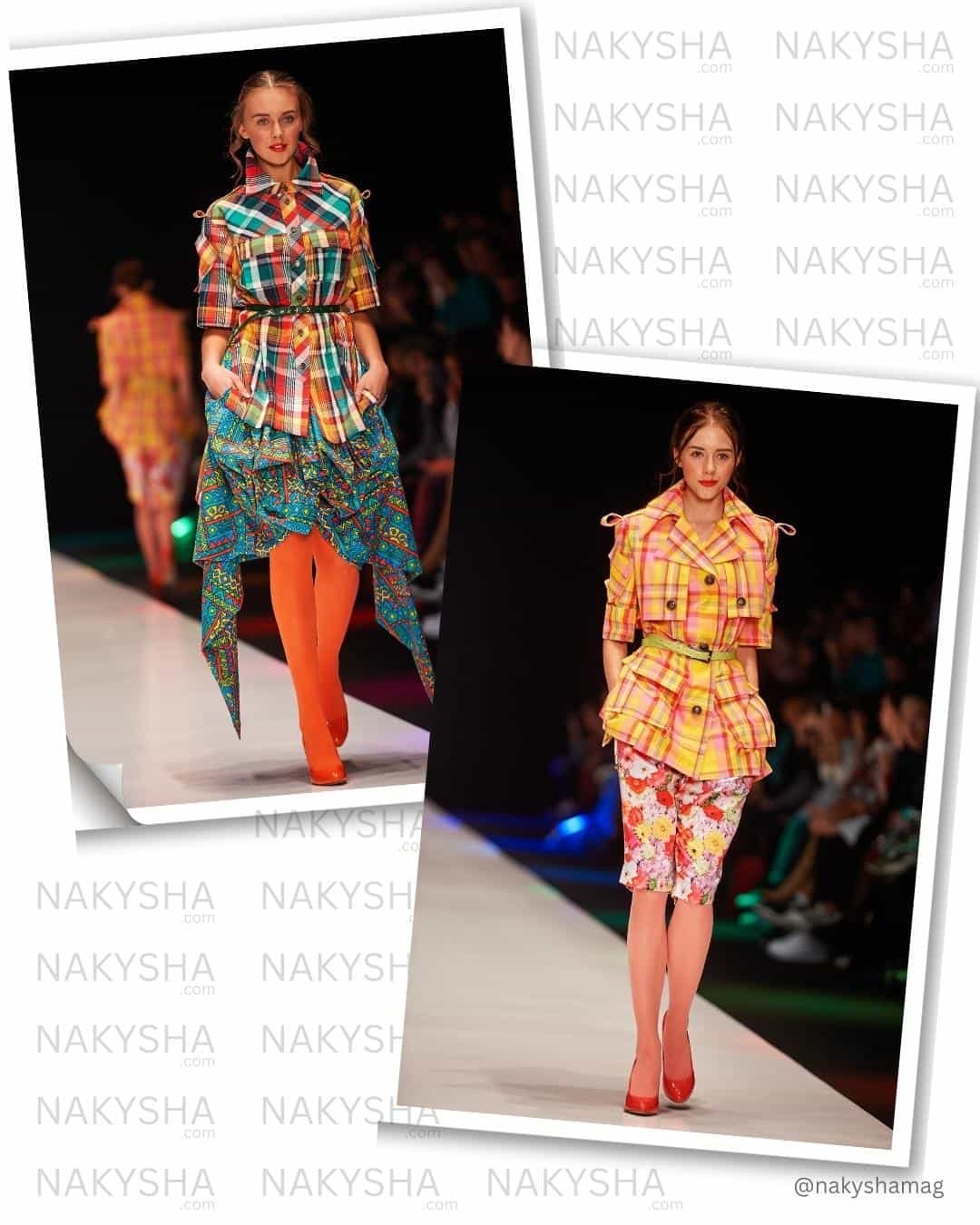
People are becoming more interested in clothes that let them show off their personalities and tastes as society becomes more diverse and individualistic. Artsy fashion provides an opportunity to do just that, with its focus on creativity, self-expression, and individuality.
Many people today are concerned about fashion’s environmental and social impact. Sustainable and moral practices are often used in artsy fashion, such as upcycling, using organic materials, and supporting independent artists and designers.
Even though artsy fashion is often associated with new and unusual styles, it has a timeless quality that many people like. Many artsy pieces are designed to last, focusing on quality materials and craftsmanship.
Artsy fashion is often inspired by art, music, and culture, which makes it a dynamic and ever-evolving style. Designers and artists continue to get ideas from these places, which keeps the style fresh and current.
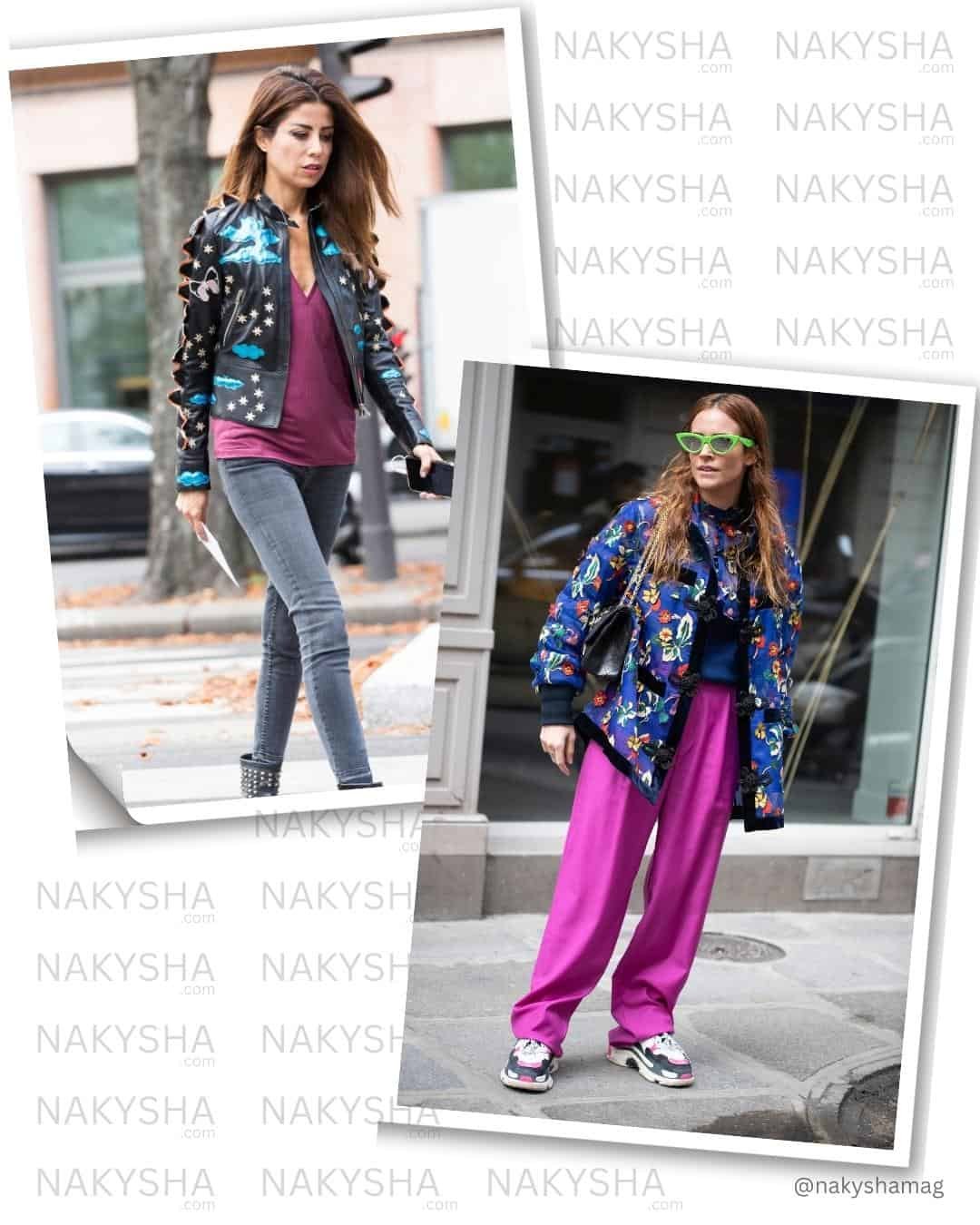
The Evolution of Artsy Fashion
Artsy fashion has evolved, responding to fashion trends, cultural shifts, and technological advancements. Here are a few examples of the evolution of artsy fashion:
The 1960s and 70s: The hippie movement of the 1960s and 70s brought a new focus on bohemian and free-spirited fashion, characterized by flowing dresses, peasant tops, and natural fibers like cotton and linen. This aesthetic was influenced by the counterculture movements of the time, as well as the music and art of the era.
The 1980s and 90s: The punk and new wave movements of the 1980s and 90s brought a more edgy and avant-garde approach to artsy fashion. Designers like Vivienne Westwood and Rei Kawakubo of Comme des Garçons pushed the boundaries of traditional fashion, incorporating bold prints, unusual fabrics, and unconventional shapes.
The 2000s and 2010s: The turn of the millennium saw a renewed focus on sustainability and ethical fashion, with many artsy designers incorporating eco-friendly materials and practices into their designs. The rise of social media also allowed for greater visibility and exposure for independent designers and artists, helping to diversify the artsy fashion landscape.
Today: Artsy fashion continues to evolve and adapt to changing trends and cultural shifts. Many designers are incorporating new technologies like 3D printing and digital textile printing into their designs, allowing for greater customization and experimentation.
There is also a growing focus on inclusivity and diversity, with designers creating clothing that celebrates a range of body types, cultures, and identities.
The evolution of artsy fashion has been marked by a willingness to push boundaries and experiment with new ideas while incorporating elements of tradition and timelessness.
As the fashion industry continues to evolve, artsy fashion will likely continue to be a source of innovation and inspiration for years.
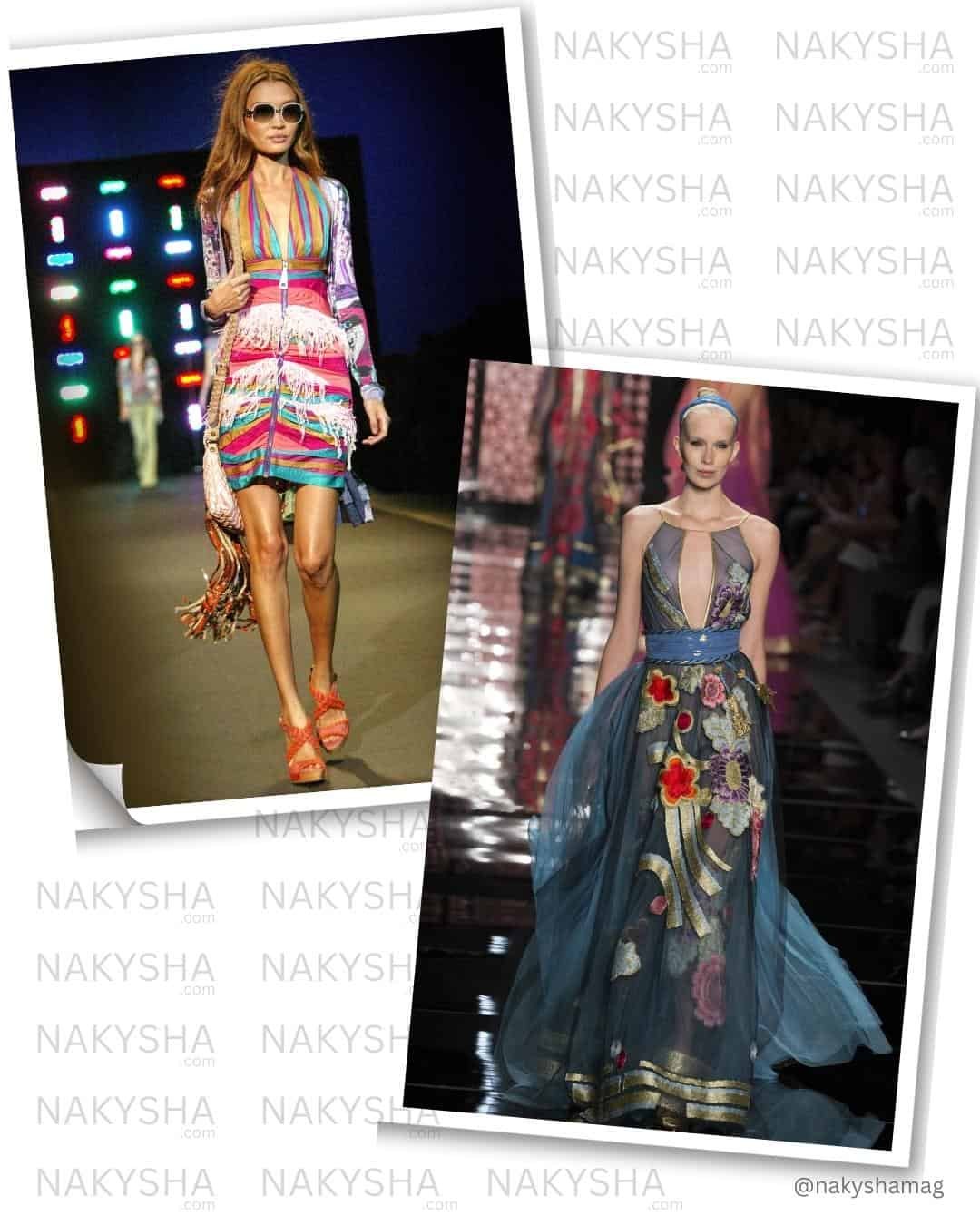
What are the Characteristics of Artsy Fashion?
Artsy fashion is a style that emphasizes individuality, creativity, and self-expression. Let’s look at some of the characteristics commonly associated with artsy fashion:
Unique and individualistic: Artsy fashion is all about expressing oneself through clothing, so there is a strong emphasis on uniqueness and individuality.
Bold and expressive: Artsy fashion often involves bold colors, patterns, and textures that make a statement.
Unconventional and eclectic: Artsy fashion is not bound by traditional fashion rules and often combines elements from different styles and eras to create a unique look.
Handmade and artisanal: Artsy fashion often incorporates handmade and artisanal elements, such as hand-embroidered details, crochet or macramé pieces, or hand-painted designs.
Layering: Layering is a crucial component of artsy fashion, as it allows the mixing and matching of different textures and patterns.
Vintage and secondhand: Artsy fashion often incorporates vintage and secondhand pieces, which adds to the unique and eclectic feel of the style.
Bohemian and free-spirited: Artsy fashion is often associated with a bohemian, free-spirited vibe, emphasizing creativity, individuality, and self-expression over conforming to societal norms.
The Colors of Artsy Fashion
Artsy fashion is about individuality and creativity, so the color palette can vary widely depending on the person’s style and preferences.
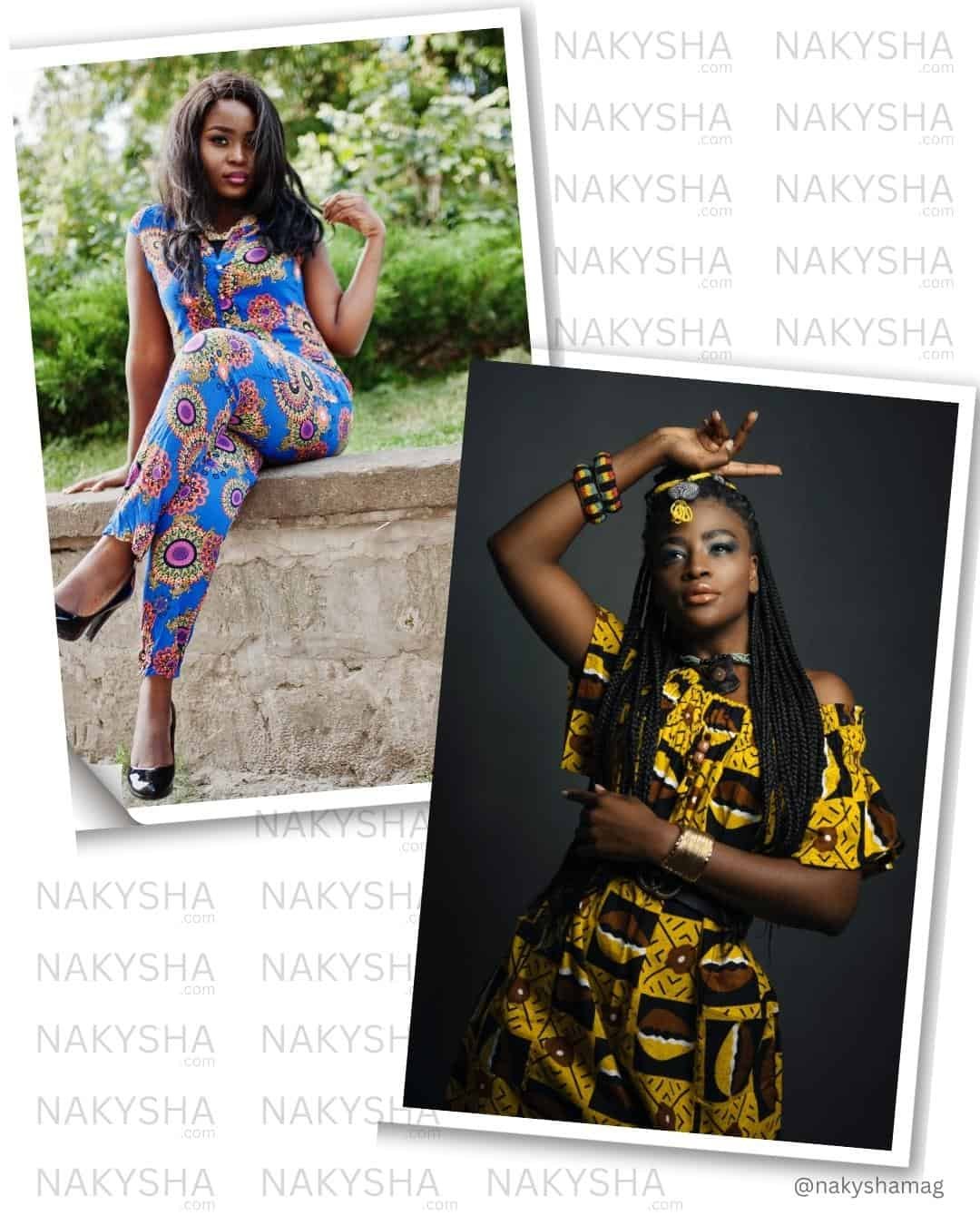
However, some colors are commonly associated with artsy fashion:
Earthy tones: Shades of brown, beige, and olive green are often used in artsy fashion, as they evoke a natural, organic feel.
Jewel tones: Deep, rich colors like emerald green, sapphire blue, and ruby red are popular in artsy fashion, adding a bold, expressive touch to any outfit.
Pastels: Soft, muted colors like lavender, blush pink, and light blue can also be used in artsy fashion, especially when combined with bold or earthy colors.
Neutrals: Black, white, and gray are classic colors used in artsy fashion to create a sophisticated, minimalist look.
Bright and vibrant colors: Artsy fashion can also incorporate bright and vibrant colors like neon green, hot pink, and electric blue, adding a playful, eye-catching element to any outfit.
The color palette used in artsy fashion is highly personal and can vary widely depending on the individual’s style and preferences.
How to Dress Artsy Style?
Dressing in an artsy fashion style is about embracing creativity, individuality, and self-expression. Here are some tips on how to achieve an artsy fashion look:
Experiment with mixing and matching patterns: Artsy fashion combines different patterns, textures, and colors to create a unique look. Don’t be afraid to mix and match prints like florals, stripes, polka dots, and geometric shapes.
Choose unconventional pieces: Artsy fashion is not bound by traditional fashion rules, so wear unconventional pieces like oversized sweaters, wide-legged pants, and statement accessories.
Incorporate handmade or artisanal elements: Handmade or artisanal pieces like hand-embroidered details, crochet or macramé pieces, or hand-painted designs can add a unique touch to your artsy fashion look.
Layer your clothing: Layering is a crucial component of artsy fashion, so don’t be afraid to mix and match different textures and lengths. For example, you can wear a long flowy skirt, cropped sweater, and denim jacket.
Embrace bohemian or vintage elements: Bohemian or vintage elements like flowy dresses, fringed jackets, and beaded jewelry can add a free-spirited, boho touch to your artsy fashion look.
Choose bold or unexpected colors: Artsy fashion is all about expressing yourself, so don’t be afraid to choose bold or unexpected colors that make a statement. For example, you can wear a bright red dress or a pair of neon green pants.
Focus on accessories: Accessories are an essential part of artsy fashion, so choose statement pieces like oversized earrings, chunky bracelets, or a colorful scarf to add a pop of color or texture to your outfit.
Artsy Fashion Outfits
Artsy fashion outfits are all about expressing your creativity and individuality through your clothing choices. They can incorporate a wide range of styles and elements, from bohemian and vintage pieces to bold colors and unconventional patterns.
One famous artsy fashion outfit is a flowy maxi dress paired with chunky boots and a denim jacket. This look combines the feminine elegance of a maxi dress with the casual coolness of denim and adds a touch of edginess with the chunky boots.
Another famous artsy fashion outfit is an oversized sweater with printed leggings and ankle boots. This outfit mixes and matches prints and textures to create a unique and eye-catching look.
Artsy Fashion Makeups
Artsy fashion makeup is about embracing creativity and using bold colors and textures to make a statement. Here are some tips on how to achieve an artsy fashion makeup look:
- Experiment with bold colors: Artsy fashion makeup uses bold and unexpected colors. Don’t be afraid to try out shades like neon green, bright blue, or deep purple.
- Play with textures: Mixing and matching different textures like glitter, metallics, and matte finishes can add dimension and interest to your makeup look.
- Focus on the eyes: The eyes are vital to artsy fashion makeup. You can use bold eyeliner, colorful eyeshadow, or stick-on jewels to create a dramatic and expressive look.
- Embrace the unexpected: Artsy fashion makeup is about breaking traditional makeup rules. Don’t be afraid to experiment with unusual shapes or designs, like graphic lines or abstract shapes.
- Keep the rest of the face minimal: When creating an artsy fashion makeup look, it’s essential to keep the rest of the face minimal to let the makeup stand out. Stick to neutral lip color and light coverage foundation.
Artsy Fashion Hairstyles
Artsy fashion hairstyles are about experimenting with different styles and textures to create a unique and expressive look. Here are some tips on how to achieve an artsy fashion hairstyle:
Braids are a popular element of artsy fashion hairstyles. You can try out different braids, like fishtail or Dutch braids, and incorporate them into your hairstyle.
Artsy fashion hairstyles, like waves, curls, or crimped hair, often incorporate texture. You can use a curling iron or a crimping tool to add texture to your hair.
Bold and unexpected hair colors, like pink, blue, or purple, are a hallmark of artsy fashion hairstyles. You can use temporary hair dye or hair chalk to add a pop of color to your hair.
Accessories like hair clips, headbands, and scarves can add interest and creativity to your artsy fashion hairstyle.
Artsy fashion hairstyles can also include unconventional haircuts, like asymmetrical cuts or shaved sides.
Artsy Fashion Accessories
Accessories are vital to artsy fashion, allowing you to express your creativity and individuality through unique and unconventional pieces. Here are some tips on how to incorporate artsy fashion accessories into your look:
Artsy fashion mixes and matches different styles and textures to create a unique and expressive look. Don’t be afraid to combine vintage pieces with modern designs or mix bold and colorful accessories with more subdued ones.
Layering accessories, like necklaces or bracelets, can add depth and interest to your outfit. Try combining different lengths and textures to create an edgy and feminine look.
Artsy fashion accessories, like geometric earrings or oversized beaded necklaces, often incorporate unusual shapes and materials. These pieces can add a bold and unexpected touch to your look.
Statement accessories, like a bold scarf or a unique pair of sunglasses, can be the focal point of your outfit. Choose pieces that speak to your style and add a pop of creativity to your look.
Handcrafted accessories, like beaded bracelets or woven bags, can add a personal touch to your artsy fashion look. These pieces are often one-of-a-kind and can help you express your individuality.

